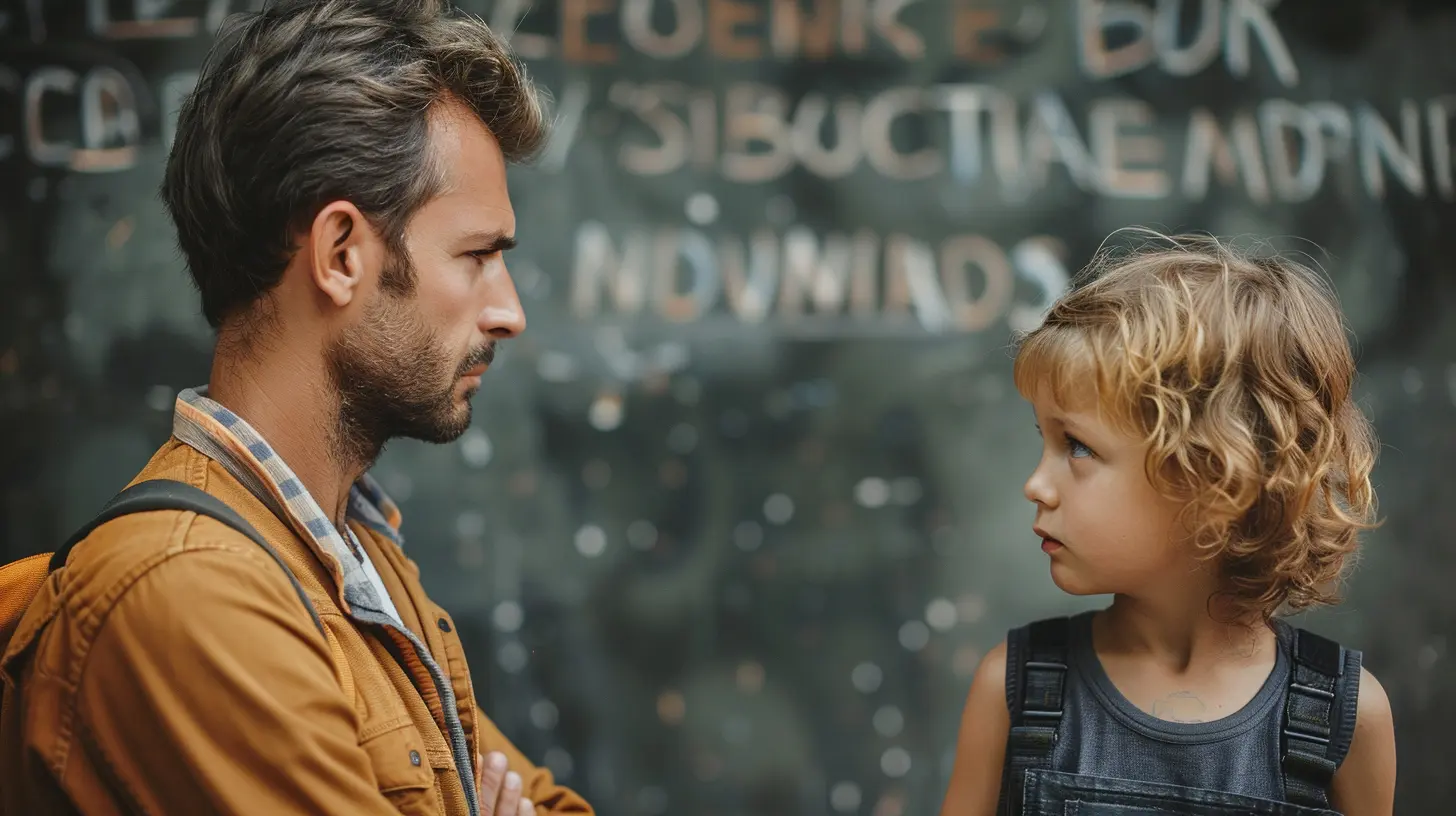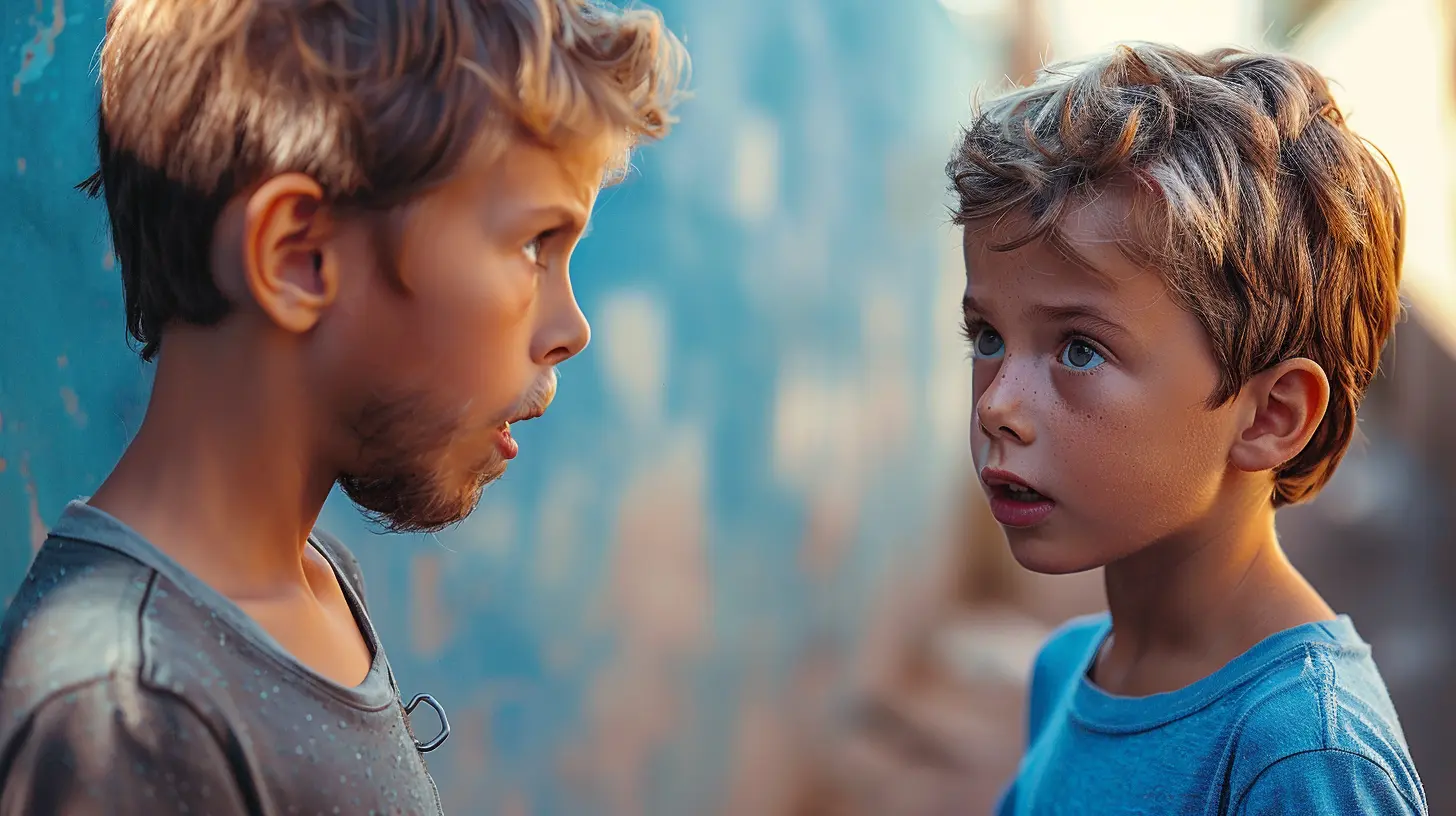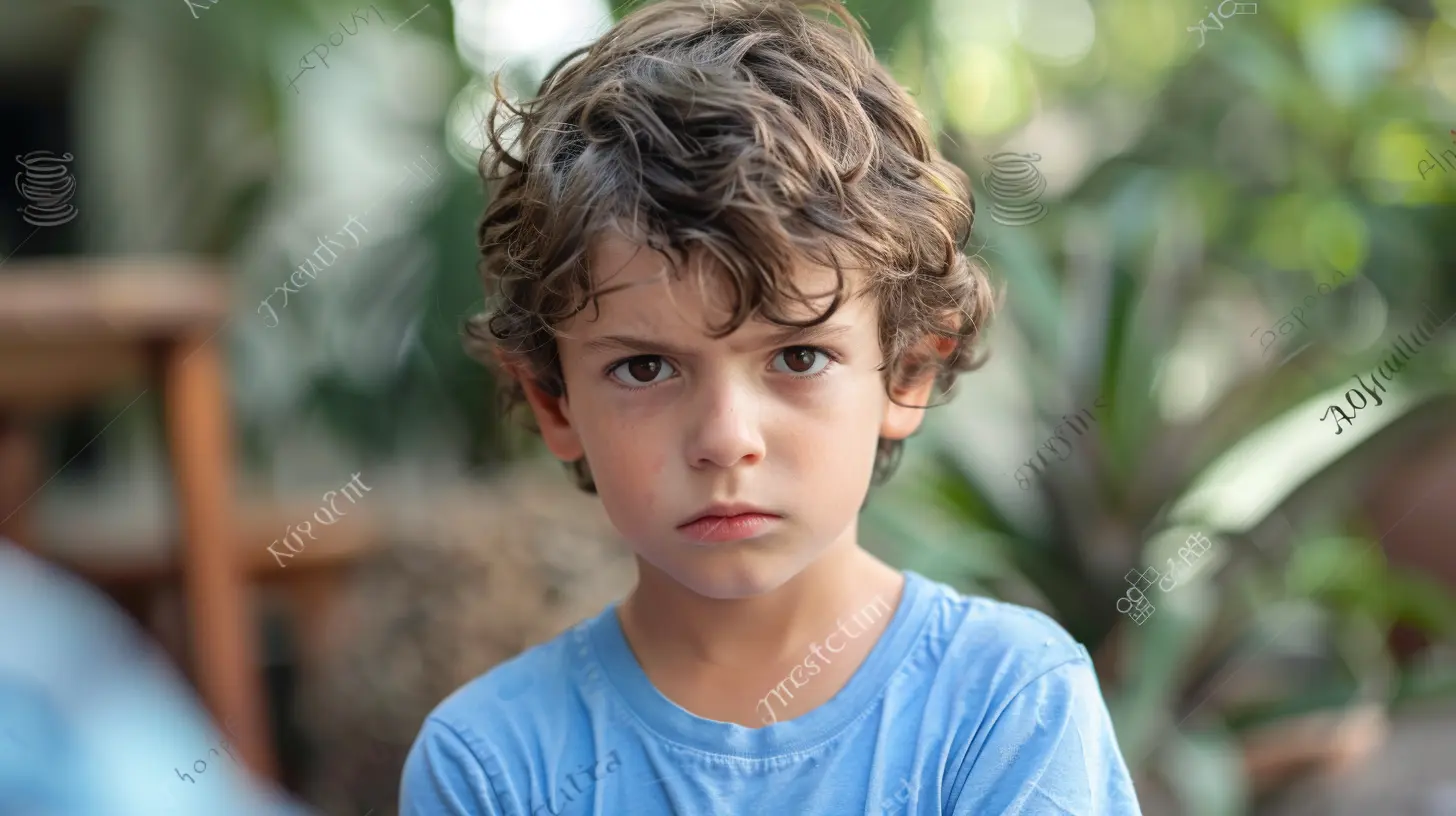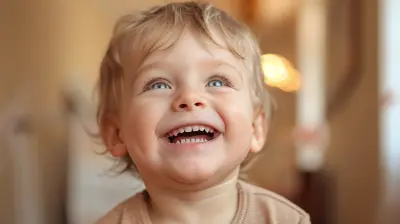Teaching Conflict Resolution Without Punishment
25 September 2025
Parenting is an endless rollercoaster of emotions, and if there's one universal truth, it's this: kids fight. Whether it's over a toy, the last cookie, or who gets to sit in the "best" spot on the couch, disagreements are just part of childhood. But here’s the million-dollar question—how do we teach kids to resolve conflicts without resorting to punishment?
The goal isn't just stopping the chaos but helping them learn lifelong skills in communication, empathy, and compromise. So, let’s dive in and explore how to teach conflict resolution without punishment (and without losing your sanity in the process).

Why Punishment Doesn’t Work for Conflict Resolution
Before we jump into the how, let’s tackle the why. Punishment often focuses on consequences rather than solutions, and it rarely teaches kids what they should do—only what they shouldn’t do.Here’s the problem:
- It creates fear, not understanding. Kids may behave out of fear of punishment rather than from a place of genuine learning.
- It doesn’t address the root cause. Punishing a child for fighting doesn’t help them understand why the conflict happened or how to prevent it next time.
- It builds resentment, not connection. Instead of teaching collaboration, punishment can make children feel unheard, leading to more frustration.
Instead of punishing, we need to guide kids in managing conflicts with empathy, communication, and problem-solving skills. Sounds like a tall order? Don't worry, I’ve got you covered!

Step 1: Teach Emotional Awareness
Kids can’t solve conflicts if they don’t understand their own emotions. Helping children recognize and name their feelings is the foundation of conflict resolution.- Use a feelings chart. A simple visual of different emotions can help kids identify what they’re feeling.
- Validate their emotions. Instead of dismissing ("You’re not really that mad"), acknowledge their feelings ("I see you're really frustrated right now").
- Model emotional regulation. If you stay calm during conflicts, your child is more likely to do the same.
When kids understand their feelings, they’re less likely to lash out and more likely to express themselves with words.

Step 2: Create a Safe Space for Expression
If a child thinks they’ll get in trouble for expressing anger or frustration, they’ll either bottle it up or explode later. Instead of shutting them down, create a safe environment where they can voice their concerns.- Encourage "I" statements. Teach them to say things like, "I feel upset when you take my toy" instead of "You're mean!"
- Use active listening. Show them you're listening by making eye contact, repeating back what they said, and asking clarifying questions.
- Avoid shaming. Kids need to feel safe expressing emotions without fear of being belittled or dismissed.
When children feel heard, they’re more likely to work with you rather than against you.

Step 3: Teach Problem-Solving Skills
Conflict resolution without punishment means empowering kids to solve problems on their own (with a little guidance when needed).- Ask, rather than tell. Instead of saying, "Don't grab the toy," ask, "What’s another way you could ask for that?"
- Brainstorm solutions together. Encourage kids to come up with multiple ways to solve the problem and help them weigh the pros and cons.
- Encourage compromise. Teach them that not every solution will be exactly what they want, but finding a middle ground can be even better.
When kids learn to think through solutions instead of relying on adults to fix everything, they become more independent problem-solvers.
Step 4: Set Clear but Gentle Boundaries
Teaching conflict resolution without punishment doesn’t mean letting kids do whatever they want. Boundaries are important—they just need to be fair and consistent.- Focus on natural consequences. Instead of "Go to your room for hitting!" try, "If we can’t keep our hands to ourselves, we’ll need to take a break from playing together."
- Use positive reinforcement. Praise and acknowledge when a child resolves a conflict peacefully.
- Be consistent. Kids thrive on predictability, so keep rules clear and the same across different situations.
Gentle boundaries guide children toward better choices without making them feel controlled or shamed.
Step 5: Encourage Empathy
Empathy doesn’t always come naturally—especially when you're a toddler who's laser-focused on your desires. But empathy can be taught, and it’s key to resolving conflicts peacefully.- Encourage perspective-taking. Ask, "How do you think your friend felt when that happened?"
- Read books about emotions. Stories that highlight different feelings and perspectives can help kids relate to others.
- Use role-playing. Act out common conflicts and have kids practice responding in kind, empathetic ways.
When kids learn to consider others’ feelings, they become better at resolving conflicts with kindness.
Step 6: Stay Calm and Be the Example
Let’s be honest—when kids are screaming at each other, it’s really hard to model peaceful behavior. But if you lose your cool, they’ll likely do the same.- Take deep breaths. Even a few seconds can make a difference in maintaining patience.
- Use a calm but firm tone. Show them that staying in control leads to better outcomes.
- Demonstrate problem-solving. If they see you handling conflicts with kindness, they’ll eventually mirror that behavior.
Kids watch us like hawks. If we model frustration, yelling, or harshness, they’ll think that’s the way to handle disagreements.
Step 7: Encourage a Growth Mindset
Conflict resolution is not something kids will master overnight. Instead of expecting perfection, encourage effort, and celebrate progress.- Reframe mistakes as learning opportunities. "You had a tough time sharing today, but let’s talk about what we can do next time."
- Praise effort, not just outcomes. "I saw how hard you tried to talk it out. That was a great choice!"
- Remind them that practice makes better. Conflict resolution is a skill, and just like learning to tie their shoes, it takes time and patience.
By focusing on growth rather than immediate results, kids will be more likely to keep practicing peaceful problem-solving.
Conclusion: Building Lifelong Skills
Teaching conflict resolution without punishment is a long game. Some days will be smoother than others, and yes, you may occasionally hear, "But that’s not fair!" a million times. But when children learn to handle disagreements with respect, communication, and empathy, they’re developing skills that will serve them for a lifetime.So the next time your kids are at each other’s throats over the last slice of pizza, take a deep breath, grab your conflict resolution toolbox, and remember—you’re shaping future adults who will (hopefully!) know how to handle disagreements with grace.
all images in this post were generated using AI tools
Category:
Positive ParentingAuthor:

Zelda Gill
Discussion
rate this article
1 comments
Reese McFarlin
Teaching conflict resolution without punishment is like baking a cake without flour—it's just not gonna hold up! Kids need guidance, not a free pass. Let’s arm them with skills, not just kindness. Because life doesn’t come with a time-out corner!
September 27, 2025 at 3:29 PM

Zelda Gill
I appreciate your perspective! Teaching conflict resolution effectively involves balance—equipping kids with the skills to navigate conflicts while providing structured guidance. Both kindness and accountability are essential for their growth.


